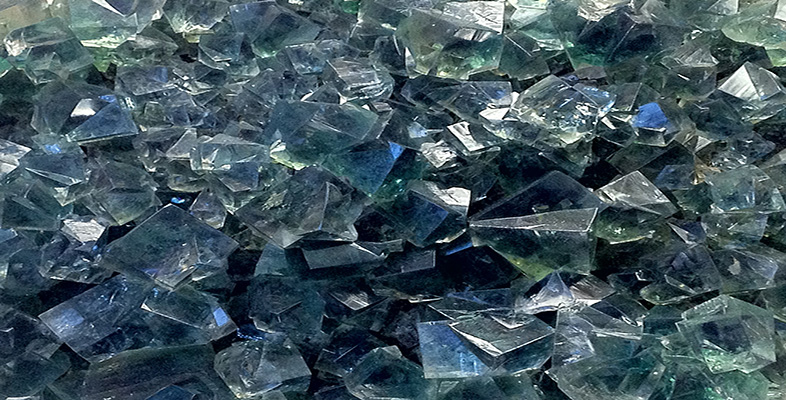3.8 Summary of Section 3
- The most important rock-forming minerals on Earth are silicate minerals, composed of silicon, oxygen and a variety of metal cations. The basic building block of silicate minerals is the SiO4 tetrahedron. However, what defines the structural variety and with it a range of properties of silicate minerals is the ability of SiO4 tetrahedra to link together, or polymerise, by sharing oxygen atoms in different ways and in different proportions. Increasing polymerisation increases the silicon to oxygen ratio to reach that of quartz, which has a fully polymerised structure.
- Silicate mineral groups are built of different forms of three-dimensional structure: isolated units, chains, sheets and frameworks, with a corresponding increase in the silicon to oxygen ratio from 1 : 4 to 1 : 2. These three-dimensional structures are mostly bound together by metal cations. The crystal structures of these mineral groups have important consequences for the physical properties of the minerals.
- The main silicate mineral groups covered in this section, for which the chemistry, structure, occurrence and properties are considered, are those with isolated SiO4 tetrahedra (olivine and garnet), the chain silicates (pyroxene and amphibole), the sheet silicates (micas and clay minerals) and the framework silicates (quartz and feldspar).
- Major non-silicate mineral groups include the carbonates, oxides and sulfides. Carbonates are an important part of the carbon cycle whereby carbonate minerals are precipitated from seawater, often as skeletons of organisms, and deposited on the sea floor. Oxide and sulfide minerals can be economically important as sources of metals when they are concentrated as mineral deposits.
